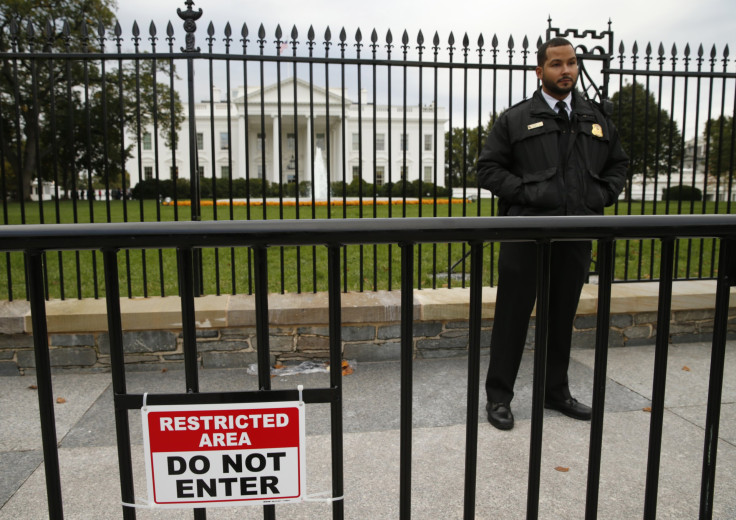A Moat Around The White House? Document Shows Federal Plans For Increased Security

Federal planners brainstormed at least 10 ways to bolster security at 1600 Pennsylvania Avenue, but all were rejected in favor of adding temporary spikes to the existing fence, according to an internal document released on Wednesday. Ideas include a moat and an electrified fence. The Secret Service is under fire for a number of security breaches at the White House in recent months, prompting questions over how competent federal security is in Washington.
The moat was rejected because it would be “difficult to retrieve an intruder from a moat” and would require maintenance, read a U.S. Commission of Fine Arts document titled “Permanent Fence Improvements Study," obtained by NBC 4 Washington. That commission is one of two with oversight over the White House fence, the other being the National Capital Planning Commission, which has to sign off on the temporary fix.
Among the other suggested temporary fixes were a solid wall, which was rejected because it would block the public’s view of the White House; a chain-link fence that officials decided was too visually unappealing; and a barbed wire or concertina wire fence rejected on the grounds it would make the White House “feel like a prison facility.”
Instead, the commission decided on adding half-inch steel spikes atop the existing White House fence, which should be replaced by the end of next year. A permanent fix hasn’t been approved yet, but ideas include adding a second interior fence and raising the perimeter fence up to 10 feet.
Four people “jumped the fence” at the White House in 2014, making it one of the busiest years for White House security authorities. Only one, 42-year-old Iraq War veteran Omar Gonzalez, had a weapon. Gonzalez, armed with a knife, made it all the way to the East Room inside the White House before Secret Service agents subdued him. Secret Service Director Julia Pierson resigned over the incident.
On Wednesday, a 61-year-old Florida man named Doug Hughes landed a gyrocopter on the Capitol Hill lawn, much to the surprise of security services there, even though Hughes had reportedly announced his plans in advance and been visited by the Secret Service. Hughes landed there to hand-deliver letters to Congress members to voice his opposition to campaign finance laws and the Supreme Court ruling in the 2010 Citizen's United case. He was arrested, and his gyrocopter taken to a secure location.
© Copyright IBTimes 2024. All rights reserved.












